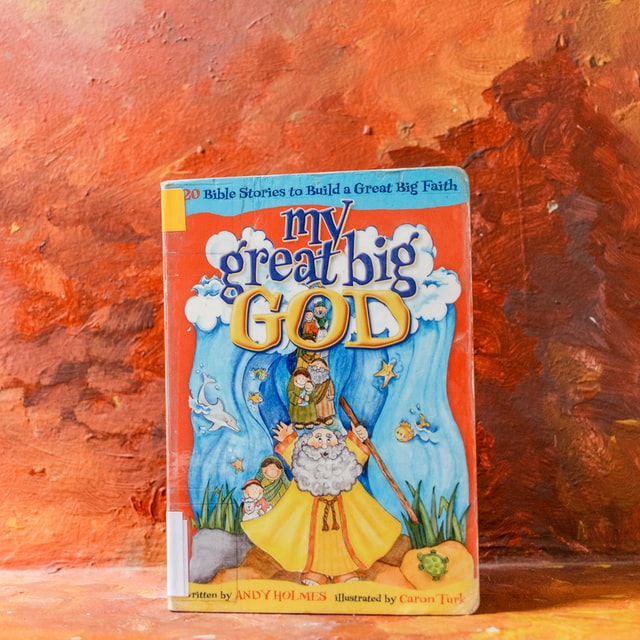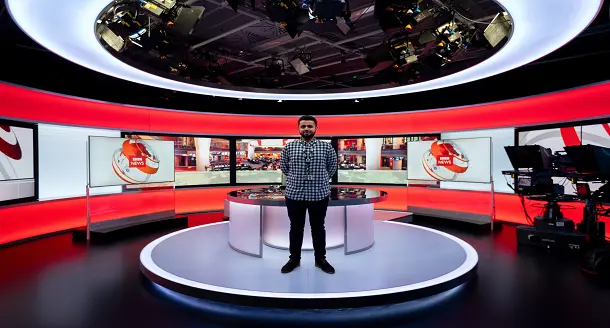
Related Post :

Which is the Best US New Channel We Should Follow For the Real News?
by Alvin Nicolas / October 19, 2022 /If we want to get real news about the U.S., we should follow a news […]

Which is the Best News Channels in the World?
by Alvin Nicolas / October 18, 2022 /Many news channels carry different content. Some focus on national political news, while others are […]

Biggest News Channel in the UK
by Oliver smith / October 5, 2022 /GB News has recently launched as the News Channel in the UK. The track is […]
+